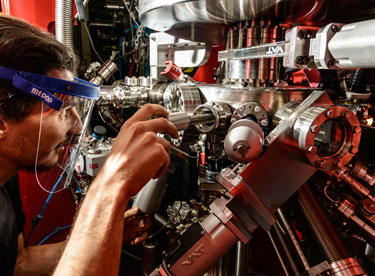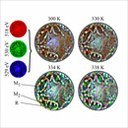
An international team of researchers has been able to probe the insulator-conductor phase transition of materials at the nanoscale resolution. This is one of the first results of MaReS endstation of BOREAS beamline.
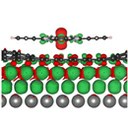
Researchers from the physics department of the Università "La Sapienza" in Rome, Centro S3 of Modena and ALBA, have demonstrated that magnetic coupling of metal-organic molecules to a magnetic substrate mediated by a graphene layer can be tuned in strength and direction by choosing the symmetry of the molecular orbitals that is largely preserved thanks to the graphene layer. The results have been published in the journal Nano Letters.
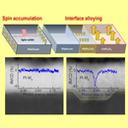
Researchers from ICMAB-CSIC and ALBA have analyzed the microscopic origin of the so-called "magnetic proximity effect" occurring at the interface between a magnetic material (CoFe2O4) and a nonmagnetic metal (Pt), which may induce a magnetic moment in the latter. The results are published in ACS Applied Materials & Interfaces.
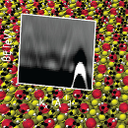
A team of researchers from the Centro de Física de Materiales (CSIC-UPV/EHU), Donostia International Physics Center (DIPC), San Sebastián, and ALBA have demonstrated that it is possible to realize atomically-organized organic nanostructures on a magnetic substrate of a reare-earth surface alloy without altering the magnetic properties of the substrate. The results, published in the journal ACS Nano, demonstrate that by clever engineering of the magnetic substrate it is possible to attain on-surface synthesis of tailored organic nanostructures thus opening the possibilities to study and control the magnetic properties of carbon-based magnetic nanostructures such as graphene nanoribbons.
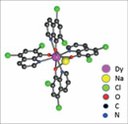
A team of researchers from CIC Nanogune, Instituto de Ciencia Molecular (ICMol) and ALBA have developed a pathway to control the magnetoresistance of spin valve devices based on novel lanthanide quinolone molecules. The results, published in the journal of Advanced Functional Materials, demonstrate the interface-assisted control of the sign and magnitude of magnetoresistance and highlight the importance of the interfacial molecule–metal hibridization to engineer spin-dependent macroscopic parameters in spintronic devices.


